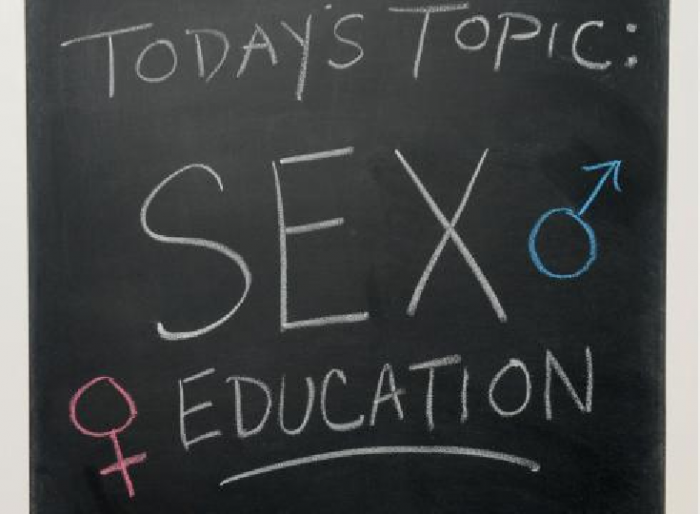Despite the assumption that teens are going to be sexually active no matter what, the number of sexually active teens has actually decreased, according to the Centers for Disease Control and Prevention. “The 28 percent increase in students who have never had sex is unprecedented and has been two decades in the making” and is not a “statistical blip,” writes Valerie Huber of Ascend (formerly the National Abstinence Education Association).
Now, a working paper by Kasey Buckles and Daniel M. Hungerman of the University of Notre Dame asserts that comprehensive sex education methods used in schools may not be as effective as the public has been led to believe. Buckles and Hungerman find that “access to condoms in schools increases teen fertility by about 10 percent. These effects are driven by communities where condoms are provided without mandated counseling.” Along with this, “gonorrhea rates for women rose after free condoms were provided,” reports the Washington Examiner.
Students don’t need just a handout to then be left to their own devices, and the report shows this. They need a program that looks at them and their whole person, like the one Huber describes:
The data is clear. It confirms that Sexual Risk Avoidance is realistic and that it resonates with teens. It also tells us that we need to be more intentional with the messages we send to teens—and the importance of giving teens the skills to graduate high school without any of the negative consequences that can surround teen sex. Today, those messages normalize sex, especially for older students. This must change.
The Washington Examiner emphasized that researchers said other forms of birth control have not, in other studies, shown increases in fertility, and caution against over-generalizing their results. However, even hormonal forms of birth control or long-acting reversible contraceptives (LARC) are not 100 percent effective, as this CDC chart shows; only abstinence is.
Huber has more telling words about the working paper. From Life Site News:
Programs that “normalize teen sex” and imply “sexual activity is a normal part of adolescent development,” combined with “condom distribution within even the class or maybe in the school clinic” mean schools are “tacitly saying and sometimes explicitly saying, ‘hey, as long as you use this, you don’t have to worry about any of the consequences,’” said Huber. She said that this combined with underdeveloped adolescent brains that cannot make fully rational decisions creates the “perfect storm.”
Professor Michael J. New told LifeSite that the study “breaks new ground.” He also added that “Overall, this study adds to a substantial body of research which shows that efforts to encourage contraception use through legalization, distribution or subsidies are ineffective at best or counterproductive at worst.”
Students don’t need free condoms; in fact, they can hurt rather than help those who look to avoid unintended pregnancies and sexually transmitted infections. With any hope, this working paper will encourage schools to truly educate students and treat them as whole persons.








